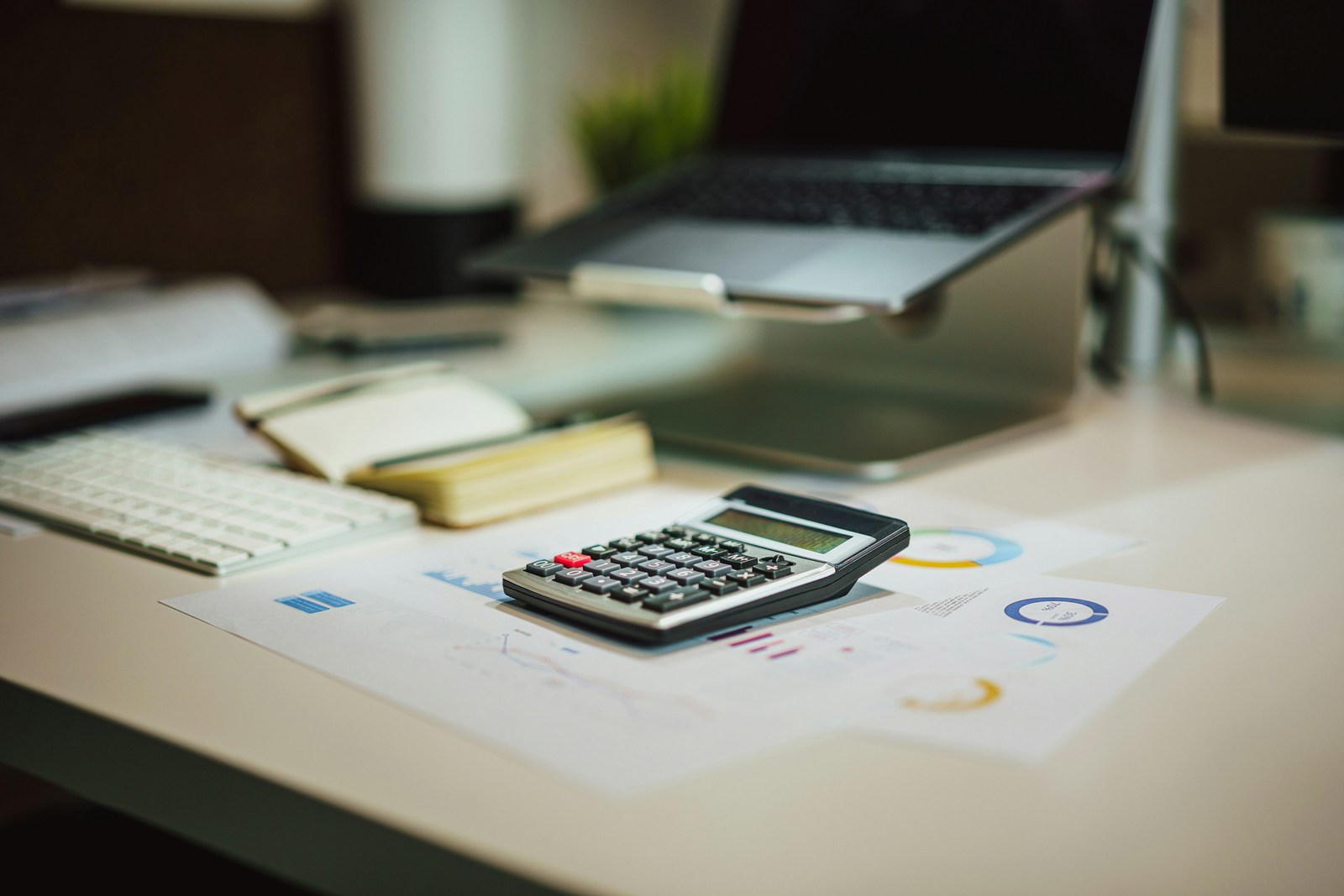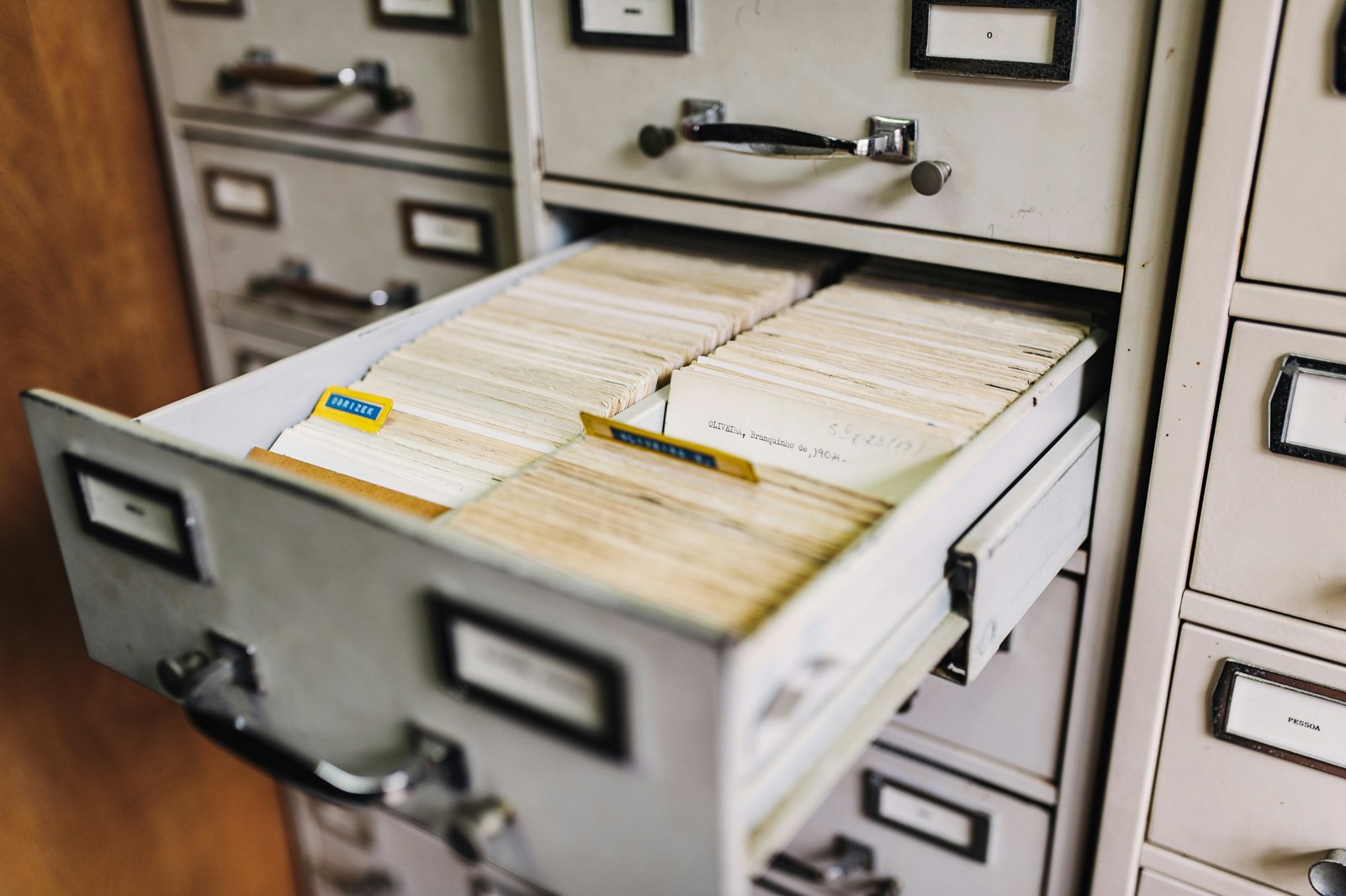Are you a new business? Or an existing business interested in our services?
Get a quote
![Umbraco.Cms.Core.Models.MediaWithCrops`1[Umbraco.Cms.Web.Common.PublishedModels.Image]](/media/gkui5snv/tax-return.jpg?width=375)
Staying on top of your tax returns, from filing and viewing to amending and cancelling, can be a time-consuming task.
A tax return is an online or paper document submitted to HMRC every year showing income details and certain costs.
Whether you’re a self-employed person or a partner in a small business, it can be an essential undertaking to stay compliant with tax laws.
This guide from Brearley & Co’s taxation experts details everything you need to know about Self Assessment tax returns.
However, we still recommend getting in touch for a chat if you’re worried about submitting everything required, on time, or simply want to save yourself a significant amount of admin.
You’re expected to complete a Self Assessment tax return if you meet HMRC’s criteria for a particular tax year.
The criteria are as follows:
You may also need to send a tax return if you have any other untaxed income, like:
You can also use a Self Assessment tax return tool on the government website to check if you need to submit a return. The tool won’t send your details to HMRC, though.
Even if you fall outside the above criteria, HMRC may still ask you to complete a tax return. You must do so unless HMRC cancel the requirement. You’ll be charged penalties if you do no submit one by the deadline.
If you’re still unsure about whether you need to complete a Self Assessment tax return, expert accountants like Brearley & Co can help.

You’ll generally need to submit your online tax return for the previous tax year by 31st January.
If you’re filing your tax return on paper, you’ll need to complete this by 31st October – the same year the tax year you’re filing for ended.
You also must tell HMRC by 5th October if you need to complete a tax return and have not sent one before. You can tell HMRC by registering for Self Assessment.
There are some exceptions, however. You’ll need to submit your online tax return by the 30th December if you want HMRC to automatically collect tax you owe using your tax code, and you owe less than £3,000.
These are, of course, the latest dates you can file your tax return – but you can always file earlier for peace of mind. You can file as soon as you like following the end of the tax year (on or after 6th April). This also means you’ll receive any refunds you’re due from HMRC sooner.
You can find all the key tax year dates in our updated guide.
When you take advantage of accountancy services, you can let the experts keep track of the key dates and be sure all your submissions are made on time.
You can file your Self Assessment tax return online or send it via post using forms downloaded or requested from HMRC.
You can’t use the online tax return filing service:
You’ll need to register for Self Assessment if you’re filing for the first time, or you didn’t send a tax return last year – even if you’ve sent one in the past.
Once you have registered for self-assessment, HMRC will issue you with a necessary Unique Taxpayer Reference (UTR) number – which you’ll need to file your tax return.
You can relieve yourself of this responsibility when you use taxation services, with accountants submitting returns on your behalf and ensuring that you remain compliant.

You can view and print your tax returns by accessing your personal tax account via the government website.
If you don’t already have sign-in details, you’ll be able to create them. You’ll need a photo ID like a passport or driving licence to prove your identity.
Once you’re logged in:
Mistakes can happen when you’re filing a tax return – which is why many people choose to use accountants - but you can still make amends after it has been submitted.
If you want to make a change to a tax return after it has been filed, it must be submitted – either online or via paper return - within 12 months of the Self Assessment deadline.
You must wait three days (72 hours) after filing before updating your return online.
Follow these steps to make changes to a tax return submitted online:
You’ll see your amended bill straight away, while your statement will show the difference to the old one – so you can see if you owe more or less tax – within three days. It will also show any interest.
To make amends to a paper tax return you can:
You can check when you can expect an updated bill from HMRC. Any refund will be paid directly into your bank account – provided you included your bank details on your tax return.
If you need to make changes to your tax return more than 12 months after the Self Assessment deadline, you can contact HMRC in writing.
In this letter, you can report income you did not include in your tax return. You can also claim overpayment relief up to 4 years after the end of the tax year it relates to – if you think you’ve overpaid tax.

You can’t cancel a tax return after it has been submitted – you can only make amends to it by undertaking the steps detailed above.
HMRC recommends that you should keep a personal record of your tax return for at least 22 months after the end of the tax year.
For example, if you send your 2024/25 tax return online by 31st January 2026, you should keep your records until at least the end of January 2027.
However, if you’re self-employed, you must keep records about your business income and costs for longer – at least five years after the 31st January deadline.
When you use accountancy services, you can be sure that your records are safe, secure and organised should you ever need them.
Tax returns can still be a confusing process, even with the help of this guide.
At Brearley & Co, we provide a wide range of services that make sure you stay compliant, avoid time-consuming admin, and get the most out of your money.
If you have any questions about your tax returns, get in touch with our friendly team to arrange a free meeting - we’d be happy to help.
Brearley & Co Accountants are pleased to offer a free, no obligation, initial consultation with one of our experts who will be happy to discuss your business needs and how we can help you.
Contact